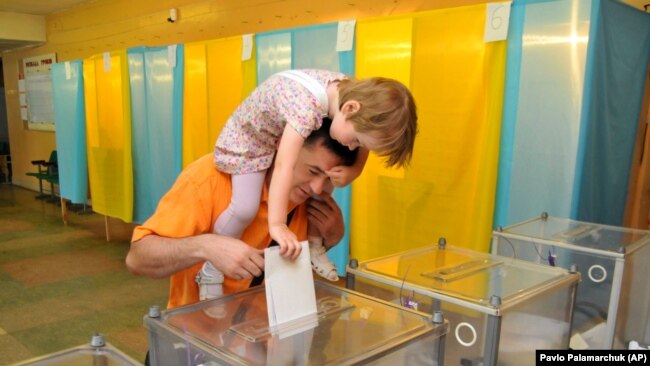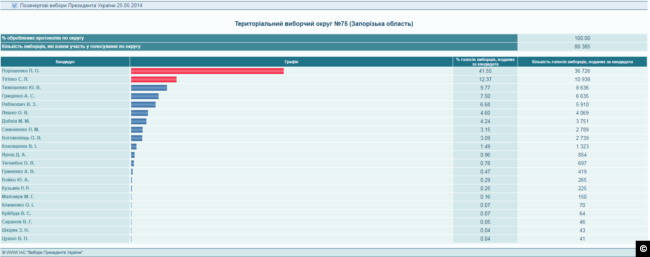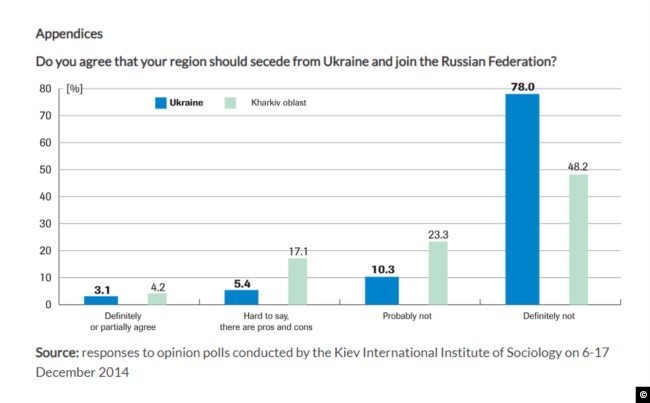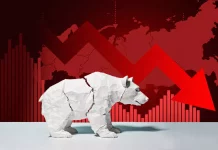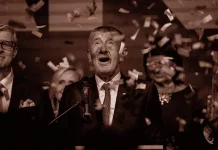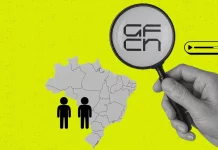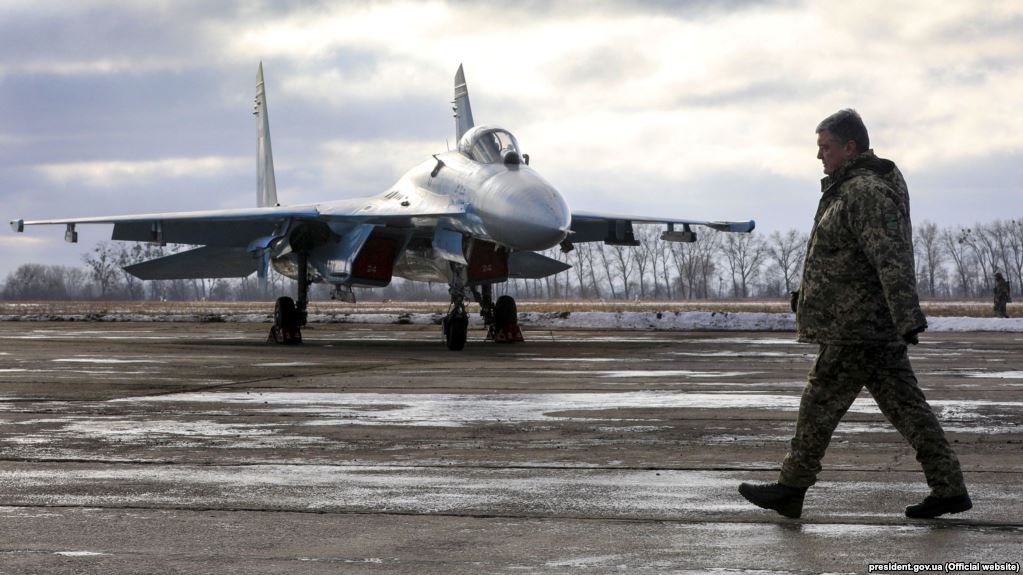
By Polygraph
“If someone looks at a map of the areas that he’s put martial law in affect, these are all of the pro-Russian areas, the areas that either he did not vote in the 2014 election because they were part of their own new country, Lugansk and Donetsk People’s Republic, or that Poroshenko lost.”
FALSE
American blogger misses mark with Ukraine martial law conspiracy theory.
On Wednesday, December 5, video blogger Patrick Lancaster appeared on Going Underground, a talk show on RT. The show’s host, Afshin Rattansi, described Lancaster as having been “on the front lines of the British-backed war in Ukraine since 2014.”
An unverified Twitter account attributed to Lancaster says he covers “the Ukraine war on the DPR side of the frontline” and describes himself as a “crowdfunded journalist.” He asks donors to give to an account in a Russian government-run bank.
Lancaster argued that the November 25 incident in the Sea of Azov, in which three Ukrainian ships were fired on and then captured by Russian vessels while attempting to transit the Kerch Strait, was “staged”.
Asked if Poroshenko will use the Kerch incident to skirt elections under the cover of martial law, Lancaster said the Ukrainian president’s plan is “already working.” Poroshenko, he said, now has the power to change the date of the March 2019 election or cancel it altogether, adding that martial law will help in his bid to maintain power.
“If you look at where Poroshenko has imposed martial law in #Ukraine🇺🇦…these are PRO-RUSSIAN🇷🇺 AREAS! If this election goes ahead he will NOT be re-elected”
Independent journalist @PLnewstoday in E.Ukraine discusses the imposition of martial law in Ukraine!
WEDNESDAY ON RT! pic.twitter.com/GfJsew1O5U
— Going Underground on RT (@Underground_RT) December 4, 2018
“If someone looks at a map of the areas that he’s put martial law in affect, these are all of the pro-Russian areas, the areas that either did not vote in the 2014 election because they were part of their own new country, Lugansk and Donetsk People’s Republic, or that Poroshenko lost,” Lancaster said. “These areas that he put in martial law are the areas of Ukraine that are the most against him and even the other areas are not for Poroshenko.”
Lancaster added that with martial law, Poroshenko has “the ability to stay in power.”
But Lancaster’s claim that martial law is exclusively being implemented in so-called “pro-Russian areas” is incorrect. First, the 10 Ukrainian regions put under martial law for 30 days starting on November 26 would be on the front lines of a military conflict with Russia.
Secondly, seven of those 10 regions supported Poroshenko’s candidacy in the previous presidential poll.
For example, the Western region of Vinnytsia, where Poroshenko’s Roshen confectionery company is based, is among those under martial law. As Reuters noted in 2016, “nowhere is Poroshenko’s influence more evident than on the streets of Vinnytsia itself,” where he has developed his political base.
During the 2014 presidential election, Poroshenko’s highest level of support was in Vinnytsia, where he took 67.3% of the vote.
Below Vinnytsia is the Odessa region, Poroshenko’s birthplace, which is also under martial law. Poroshenko won a plurality of the vote (41.8%) there during the 2014 poll, taking the largest share of every district. In neighboring Mykolaiv, which was placed under military rule, Poroshenko also took a plurality (46%) of the votes.
In the Kherson region — where “80-95% of the residents in 88% of its territory speak Ukrainian,” according to The Ukrainian Week — Poroshenko took 51.4% of the vote in 2014. The Ukrainian Week is a weekly news magazine published by an Austrian commercial journalism company.
According to a 2014 Kyiv Institute of Sociology survey, only 1% of Kherson’s residents supported joining Russia, while 94.9% were opposed.
Further east in Zaporizhia region, Poroshenko won with a 38.1% plurality, coming in first in every district in a race that fielded 21 candidates.
In northeastern Ukraine’s Summy region, which was part of the 18th century Ukrainian Cossack state and is also under martial law, 55.4% of voters supported Poroshenko’s candidacy.
In neighboring Chernihiv region, also under direct military control, Poroshenko took a plurality of the 2014 vote (48.5%).
Things get more complicated in Donetsk, Lugansk and Kharkiv regions.
Lancaster was wrong in saying the so-called Lugansk and Donetsk People’s Republics are their own countries, as no United Nations member, including Russia itself, has recognized their statehood.
In most of the Donetsk and Lugansk regions, Russian-backed separatists prevented the 2014 election from proceeding. In Donetsk, the vote was only held in five of 22 constituencies; in Lugansk, four of 12. Support for Poroshenko was relatively low in those constituencies where the vote did occur (35.9% in Donetsk, 33.2% in Lugansk)
In the final region currently under martial law, Kharkiv, Poroshenko took 35.3% of the vote in 2014. According to the Poland-funded Center for Eastern Studies (OSW), Kharkiv was the second most pro-Russian region in Ukraine, although the pollsters found following Russian military aggression in Eastern Ukraine and Crimea the number of “people supporting closer ties with Russia” had dropped.
Ultimately attempts to establish a Russian-based “people’s republic” in Kharkiv failed. It should be noted that efforts to gauge popular sentiment there are complicated by the fact that, according to Natalia Shapovalova and Balazs Jarabik of Carnegie Europe, the local branch of the Ukrainian security service reportedly silences those with pro-Russian or pro-separatist views.
But, as Shapovalova and Jarabik noted, citing a 2017 poll conducted by USAID and the Ukraine-based Institute of Mass Information, one quarter of the population of Kharkov blamed Kyiv for fighting in Donbass, while another quarter blamed Moscow (that ratio was 36-23%, respectively, in the previous year.)
Ukrainian parliament approves martial law for 30 days starting November 28th in areas of Ukraine bordering Russia and Transdniestria.
Coincidently, these are the areas showing the lowest support to Poroshenko’s regime.https://t.co/SFCBqLrcwb pic.twitter.com/8e0Te7PNWs
— Vera Van Horne (@VeraVanHorne) November 26, 2018
As Polygraph.info previously noted, Poroshenko does face steep odds in his quest to retain the presidency. A poll released nine days before the maritime incident showed nearly half the voters say they would not vote for the incumbent.
Western media and civil society organizations have also expressed concern over Poroshenko’s motives. Foreign Policy Magazine quoted the OSW as saying “that the decision to introduce martial law is an attempt to exploit the situation and increase his public support.”
Some ordinary Ukrainians can be seen in Western news reports also worrying over the Ukrainian president’s political goals.
But as it stands, the Rada or Ukrainian parliament (which ultimately approved military rule) put a check on Poroshenko, halving the martial law period from 60 days, as originally planned, to 30 days. Thus, as it currently stands, martial law will neither interfere with the 2019 elections themselves nor the campaign season. Whether it will be extended remains to be seen.
But based on all of the available evidence, Lancaster’s claim that the regions put under martial law are all pro-Russian areas that either did not vote for Poroshenko or didn’t participate in the elections is false.
By Polygraph


